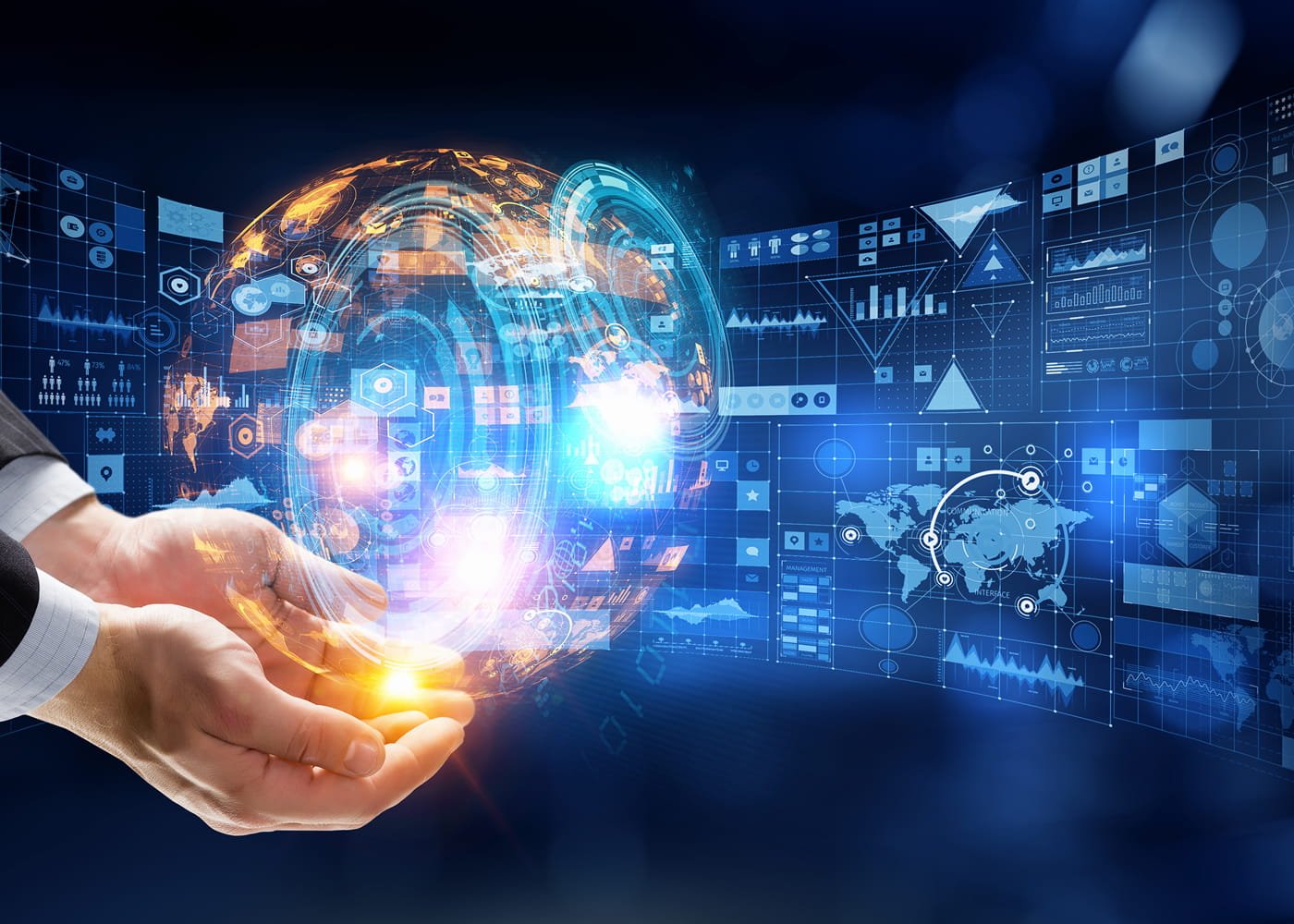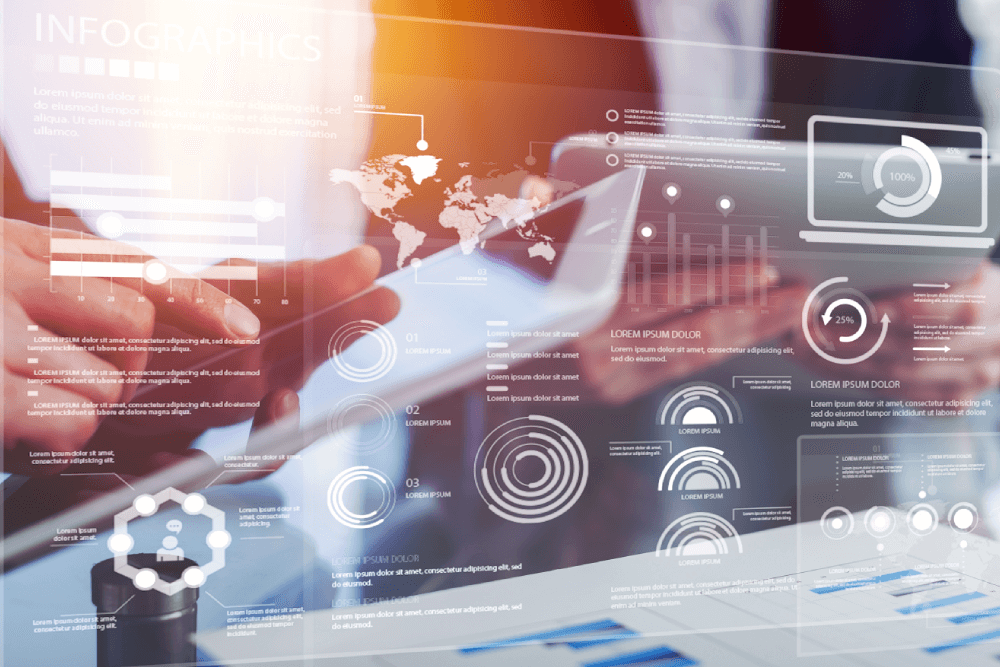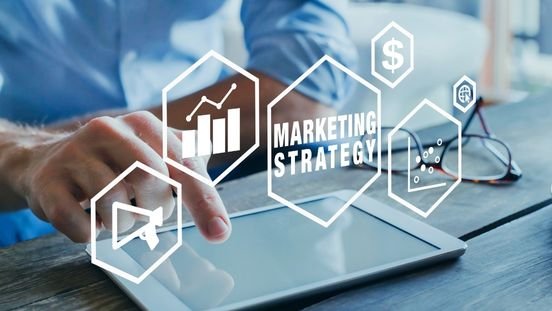Latest Trends & Technologies

Technology is constantly evolving, shaping the way industries function and how individuals interact with the digital world. Here are some of the most significant emerging trends and technologies driving innovation in various sectors.
1. Artificial Intelligence (AI) and Machine Learning (ML)
AI and ML are transforming industries by automating processes, improving decision-making, and enhancing user experiences.
-
Generative AI: AI models like ChatGPT and DALL·E are revolutionizing content creation, from text to images.
-
AI in Healthcare: Predictive analytics, robotic surgery, and AI-powered diagnostics are improving patient outcomes.
-
Autonomous AI Systems: Self-driving cars, drones, and smart assistants are advancing automation capabilities.
2. 5G Technology and Connectivity
5G networks are redefining mobile communications with ultra-fast speeds and low latency.
-
Faster Internet: Enables seamless streaming, cloud gaming, and smart city applications.
-
IoT Expansion: Supports billions of connected devices in real-time, enhancing smart home and industrial automation.
-
Improved Remote Work: Offers stable high-speed connections for virtual meetings, remote surgeries, and real-time collaboration.
3. Extended Reality (XR) - AR, VR, and MR
Extended Reality technologies are reshaping entertainment, training, and business operations.
-
Virtual Reality (VR): Immersive simulations for gaming, education, and therapy.
-
Augmented Reality (AR): Enhances real-world experiences through digital overlays (e.g., AR navigation, smart glasses).
-
Mixed Reality (MR): Combines VR and AR for interactive, real-time applications in various industries.
4. Blockchain and Decentralized Finance (DeFi)
Blockchain technology is revolutionizing financial transactions, data security, and digital ownership.
-
Cryptocurrencies: Bitcoin, Ethereum, and other digital currencies continue to gain traction.
-
Smart Contracts: Self-executing agreements that automate transactions without intermediaries.
-
NFTs & Digital Ownership: Non-fungible tokens are changing the way digital assets are bought, sold, and owned.
5. Internet of Things (IoT) and Smart Devices
IoT is connecting devices, making homes, cities, and industries smarter.
-
Smart Homes: AI-powered home automation, security systems, and voice-controlled assistants.
-
Industrial IoT (IIoT): Enhances manufacturing efficiency and predictive maintenance in industries.
-
Healthcare IoT: Wearable health monitors, remote patient monitoring, and AI-powered diagnostics.
6. Cybersecurity & Privacy Enhancements
With increasing cyber threats, advanced security measures are critical for data protection.
-
Zero Trust Security: Verifies every access request before granting permissions.
-
AI-driven Threat Detection: Identifies and mitigates cyber threats using machine learning.
-
Quantum Cryptography: Strengthens encryption to counter future cyber-attacks.
7. Sustainable and Green Technologies
Green technology is promoting sustainability across industries.
-
Renewable Energy: Innovations in solar, wind, and hydrogen energy production.
-
Electric Vehicles (EVs): Advances in battery technology and charging infrastructure.
-
Eco-friendly Computing: Sustainable cloud solutions and energy-efficient data centers.
8. Quantum Computing
Quantum computing is pushing the boundaries of computational power.
-
Faster Problem Solving: Solves complex problems exponentially faster than classical computers.
-
Cryptographic Advancements: Enhances encryption and cybersecurity.
-
Scientific Breakthroughs: Contributes to drug discovery, materials science, and financial modeling.
9. Biotechnologies & Healthcare Innovations
Biotech advancements are revolutionizing medicine and healthcare.
-
CRISPR & Gene Editing: Enables precise genetic modifications for disease treatment.
-
Personalized Medicine: Custom treatments based on an individual’s genetic makeup.
-
AI in Drug Discovery: Accelerates the process of identifying new medicines.
10. Edge Computing & Cloud Technologies
Cloud and edge computing are optimizing data processing and storage.
-
Edge Computing: Processes data closer to the source, reducing latency and improving performance.
-
Hybrid Cloud Solutions: Combines public and private clouds for enhanced flexibility.
-
Serverless Computing: Simplifies cloud application development by managing infrastructure automatically.
Latest Trends & Technologies in Web Development
1. Top Web Development Trends to Watch in 2025
As technology advances, web development continues to evolve. Here are some of the key trends shaping the industry in 2025:
a. AI-Powered Web Development
-
AI-driven tools help automate code generation, enhance user experience, and provide predictive analytics.
-
Chatbots and virtual assistants offer real-time customer support.
b. Voice Search Optimization
-
With the increasing popularity of voice assistants like Alexa and Google Assistant, optimizing websites for voice search is crucial.
-
AI-driven voice recognition enhances accessibility and user interaction.
c. Serverless Architecture
-
Reduces the need for server maintenance and infrastructure management.
-
Cloud providers like AWS Lambda and Google Cloud Functions enable scalable and cost-effective solutions.
d. Motion UI & Microinteractions
-
Enhances user experience with smooth animations, transitions, and interactive elements.
-
Creates a more engaging and dynamic web interface.
e. JAMstack & Headless CMS
-
JAMstack (JavaScript, APIs, and Markup) offers improved speed, security, and scalability.
-
Headless CMS allows developers to deliver content across multiple platforms with ease.
2. Why Web3 & Blockchain Will Change the Future of Web Development
Web3 and blockchain technology are set to revolutionize how websites and applications operate:
a. Decentralized Applications (DApps)
-
Web3 enables the development of decentralized applications that run on blockchain networks, reducing dependency on central servers.
-
DApps offer enhanced security, transparency, and user control.
b. Smart Contracts
-
Automated, self-executing contracts stored on blockchain reduce the need for intermediaries.
-
Used in financial services, supply chains, and authentication processes.
c. Tokenization & Cryptocurrency Payments
-
Digital assets and tokens enable secure transactions and micro-payments.
-
Cryptocurrency payments reduce transaction fees and enhance privacy.
d. Enhanced Security & Data Privacy
-
Blockchain’s immutable ledger prevents data tampering and fraud.
-
Decentralized identity management ensures better user authentication.
3. AI in Web Development: How Developers Can Leverage It
Artificial Intelligence (AI) is transforming web development in several ways:
a. AI-Powered Code Generation & Debugging
-
AI-based tools like GitHub Copilot assist developers in writing and optimizing code.
-
Machine learning algorithms detect vulnerabilities and optimize performance.
b. Personalization & User Experience
-
AI-driven recommendation engines enhance user engagement and conversions.
-
Adaptive web design adjusts interfaces based on user behavior and preferences.
c. AI-Driven SEO & Content Generation
-
AI tools analyze search trends and optimize content for better rankings.
-
Automated content generation tools create blog posts, product descriptions, and metadata.
d. AI Chatbots & Virtual Assistants
-
Chatbots improve customer interactions and provide 24/7 support.
-
NLP (Natural Language Processing) enhances chatbot communication for seamless experiences.
4. The Future of Progressive Web Apps (PWAs) in 2025
Progressive Web Apps (PWAs) continue to gain popularity due to their performance and usability:
a. Faster Load Times & Offline Access
-
PWAs use service workers to cache data, enabling offline access and quick load times.
-
Enhances user experience on slow or unstable networks.
b. Mobile-First Approach
-
PWAs provide a native app-like experience while being accessible through web browsers.
-
No need for app store downloads, reducing friction for users.
c. Push Notifications & Engagement
-
Push notifications keep users informed and engaged with real-time updates.
-
Increases retention rates and enhances user interaction.
d. Cost-Effective & Cross-Platform Compatibility
-
PWAs eliminate the need for separate development for iOS and Android.
-
A single codebase can serve multiple platforms, reducing development and maintenance costs.
5. No-Code vs. Traditional Development: Which One is Right for You?
With the rise of no-code and low-code platforms, choosing between no-code and traditional development depends on various factors:
a. No-Code Development
-
Ideal for non-technical users who want to build websites and applications quickly.
-
Drag-and-drop interfaces, templates, and automation simplify the development process.
-
Best for MVPs, startups, and simple applications.
b. Traditional Development
-
Offers complete control over code, design, and functionality.
-
More suitable for complex applications that require custom logic and scalability.
-
Requires skilled developers but provides better security, performance, and flexibility.
c. Choosing the Right Approach
-
No-code is best for quick prototypes and small-scale applications.
-
Traditional development is essential for high-performance, scalable, and feature-rich applications.
-
Hybrid approaches (low-code) combine the best of both worlds by offering customization with minimal coding.
In Conclusion
The web development landscape in 2025 is driven by AI, Web3, blockchain, and modern architectures like PWAs and serverless computing. Developers and businesses must stay updated with these trends to build innovative, scalable, and future-ready applications.






